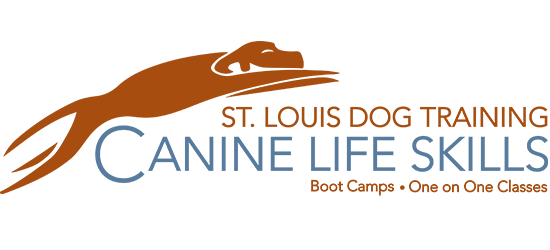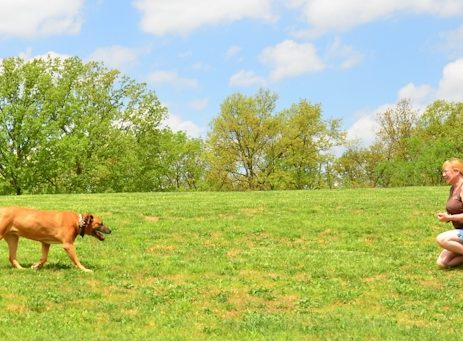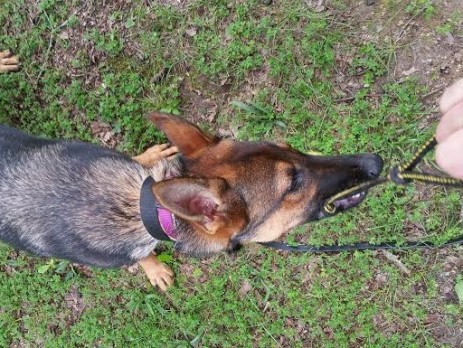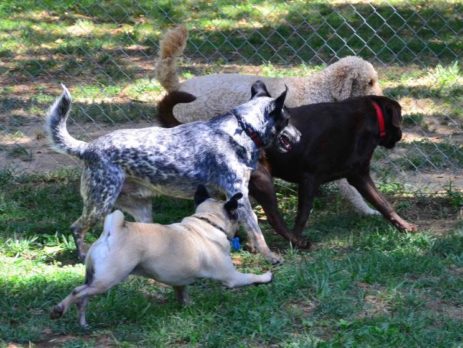How we train “Come” with the Remote Training Collar
Training a dog to come when called reliably takes work and lots of practice. We use Dogtra brand remote training collars for their variable levels and reliability.
The remote training collar is an electronic training device that your dog wears around their neck. You control the collar with a handheld remote that gives single or constant stimulation. Some remote training collars also have vibration, beep, or both. While these can be handy in some situations, for our training purposes, we stick with the electric stimulation since we have complete control over the level the dog will feel. This allows for a light touch.






